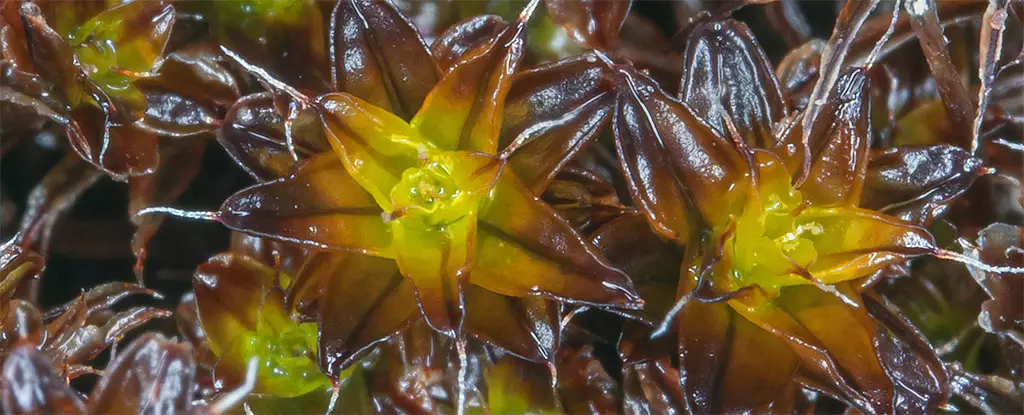The idea of using moss to terraform Mars is not new, but recent research by ecologist Xiaoshuang Li and colleagues at the Chinese Academy of Sciences has shed light on the potential of this non-vascular plant to transform the barren landscape of the red planet. This article delves into the possibility of introducing mosses like Syntrichia caninervis to Mars, highlighting their impressive ability to adapt to extreme conditions and create fertile soils.
Mosses, including mosses, liverworts, and hornworts, are known for their ability to thrive in inhospitable environments by harnessing and digesting nutrients from rocks. These non-vascular plants played a crucial role in creating soils on Earth, paving the way for other forms of life to flourish. Syntrichia caninervis, in particular, is a hardy moss that can withstand extreme temperatures, dehydration, and radiation, making it a promising candidate for Mars colonization.
Li and colleagues conducted experiments to test the resilience of S. caninervis under Mars-like conditions. They exposed the moss to extreme dehydration, freezing temperatures, radiation, and simulated Martian atmospheres. Surprisingly, the moss showed remarkable resilience, withstanding conditions that would be fatal to other organisms. Even after exposure to radiation levels that would kill humans, S. caninervis continued to thrive and regenerate.
The findings of the study suggest that S. caninervis could serve as a pioneer plant for growth on Mars, laying the groundwork for sustainable habitats for future human colonies. The moss’s ability to create fertile soils and survive harsh conditions offers hope for the terraforming of Mars and the possibility of establishing self-sufficient ecosystems beyond Earth. Further research is needed to explore the feasibility of introducing mosses to Mars and other celestial bodies.
As we contemplate the future of space exploration and colonization, mosses like S. caninervis present a compelling case for their potential role in transforming alien landscapes into habitable environments. While there are still many challenges to overcome, the resilience and adaptability of these primitive plants offer a glimpse of what could be possible in the realm of interplanetary exploration.
The idea of using moss to colonize Mars raises intriguing possibilities for the future of space exploration. The resilience and adaptability of mosses like Syntrichia caninervis demonstrate the potential of these primitive plants to transform inhospitable environments into thriving ecosystems. While there are ethical and ecological considerations to be addressed, the research conducted by Li and colleagues highlights the untapped potential of moss colonization on Mars and beyond.


Leave a Reply